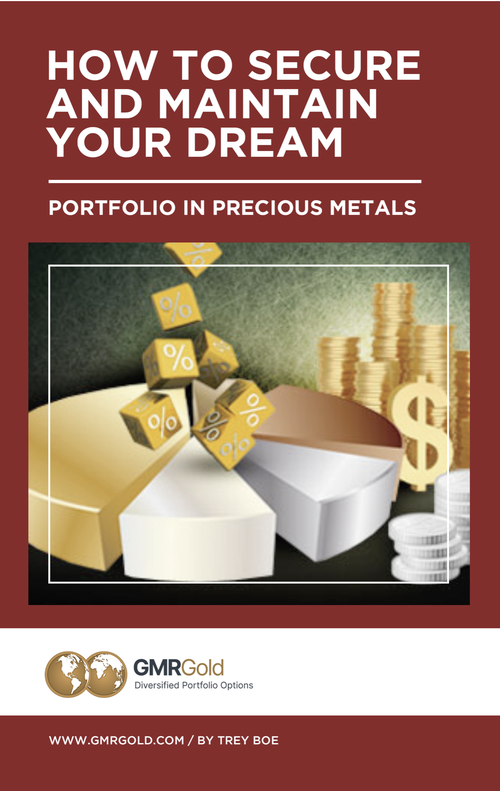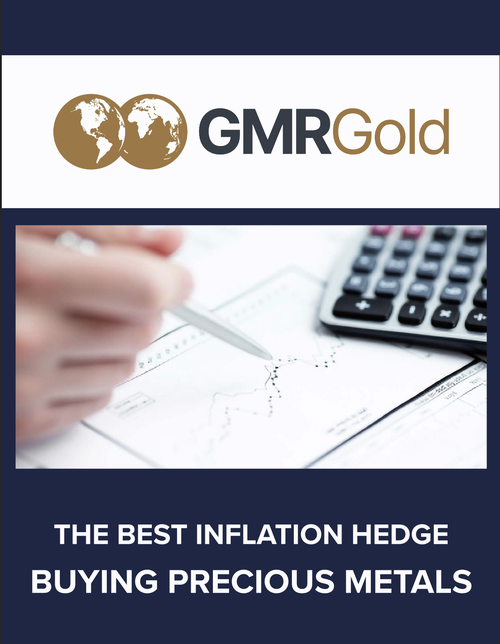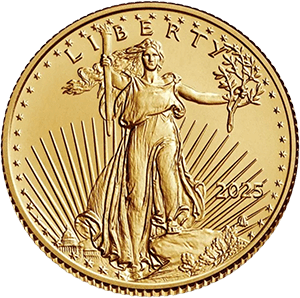
When it comes to retirement planning, one of the key elements that investors often consider is how to diversify their portfolios to reduce risk and maximize potential growth. Precious metals, especially gold and silver, have long been a favored choice for investors looking for stability and a hedge against inflation and economic uncertainties. Among the various options available, Gold IRAs and Silver IRAs stand out as popular choices for diversifying retirement accounts.
While both gold and silver offer similar benefits, such as protection against inflation and the potential for significant growth, they each have distinct characteristics that make them attractive for different types of investors. Silver IRAs are increasingly being explored due to their affordability and growth potential, while Gold IRAs remain the go-to investment for retirees looking for a long-term store of value.
In this blog, we will explore the differences between Silver IRAs and Gold IRAs, the pros and cons of each, and help you understand which may be the better option depending on your investment strategy and retirement goals.
What Is a Precious Metal IRA?
A Precious Metal IRA is an individual retirement account (IRA) that allows investors to hold precious metals like gold, silver, platinum, and palladium as part of their retirement savings. These metals are held in IRS-approved custodians and stored in secure, insured depositories. Precious Metal IRAs are designed to provide investors with a way to diversify their retirement portfolios while taking advantage of the unique benefits that precious metals offer.
Gold IRAs and Silver IRAs are types of Self-Directed IRAs, which are retirement accounts that give individuals more control over their investments compared to traditional IRAs. These accounts allow you to invest in a wider range of assets, including precious metals. To hold gold or silver in an IRA, the metals must meet specific purity requirements established by the IRS.
Why Invest in Gold or Silver IRAs?
Investing in gold or silver as part of an IRA offers several advantages:
Hedge Against Inflation: Gold and silver have historically been used as a store of value, particularly in times of economic downturn or inflation. These metals tend to perform well when the value of fiat currencies declines, making them an attractive option for protecting purchasing power over time.
Diversification: Precious metals can help diversify an investment portfolio. This diversification is particularly important for long-term retirement savings, as it reduces the overall risk by spreading investments across different asset classes.
Tangible Assets: Unlike stocks or bonds, gold and silver are physical, tangible assets. They are not subject to the fluctuations of the stock market or other financial markets, making them less volatile and a safer bet during market turmoil.
Safe-Haven Investment: Gold and silver are considered safe-haven investments, meaning that when other investments, such as stocks or real estate, are underperforming, precious metals tend to hold or increase in value.
Gold IRAs: The Traditional Choice
Gold IRAs have been around for longer than silver IRAs and have traditionally been the go-to option for many investors, particularly those looking for long-term stability and preservation of wealth.
Benefits of Gold IRAs
Long History as a Store of Value: Gold has been considered a store of value for centuries. It has a long history of maintaining its purchasing power, even during times of economic or political instability. This history has made gold a favored choice for investors looking to preserve their wealth.
Inflation Hedge: Gold is particularly effective in hedging against inflation. When inflation rises, the value of the dollar decreases, but gold tends to increase in value during these periods, making it a reliable safeguard for purchasing power.
Global Demand: The demand for gold is strong, driven by both investment and industrial needs. Central banks across the globe continue to hold large reserves of gold, further supporting its role as a stable asset in uncertain times.
Stability During Economic Uncertainty: During times of economic uncertainty, gold prices often rise. Whether it's during a recession, financial crisis, or geopolitical tensions, gold tends to outperform other assets. This makes it an attractive option for retirees who may be concerned about stock market volatility or other risks.
Drawbacks of Gold IRAs
High Initial Cost: Gold tends to be more expensive than silver, which can make gold IRAs more costly to open and manage, especially if you want to build a substantial position in gold. The price per ounce of gold is typically much higher than silver, which may limit the amount of gold you can acquire for the same investment amount.
Limited Growth Potential: While gold is an excellent hedge against inflation and economic uncertainty, it has less potential for growth during bullish market conditions compared to silver. Gold tends to be more stable, but that stability often comes at the cost of higher growth potential.
Storage and Insurance Costs: Gold requires secure storage, and you’ll also need to pay for insurance and storage fees for your IRA. These costs can add up over time, which may reduce the overall profitability of your investment.
Silver IRAs: The Affordable Alternative
While Gold IRAs have historically been the more popular choice for retirement savings, Silver IRAs have gained traction due to their affordability and growth potential, especially in times of economic recovery and bull markets.
Benefits of Silver IRAs
Affordability: One of the most significant advantages of silver over gold is its lower price per ounce. This makes silver more accessible to a wider range of investors, especially those looking to invest smaller amounts in their IRAs. With silver, you can purchase more ounces of metal for the same amount of money, potentially increasing the total amount of metal in your IRA.
Significant Growth Potential: Silver is often more volatile than gold, meaning it has the potential for greater price increases during bull markets. As the economy improves and industrial demand for silver rises, the price of silver can see significant growth, which may lead to higher returns on your investment.
Industrial Demand: Unlike gold, silver has a wide range of industrial uses. Silver is used in electronics, solar panels, medical equipment, and more. This industrial demand can drive up silver prices, particularly in times of strong economic growth or technological advancements.
Lower Storage Costs: Since silver is less expensive than gold, you’ll need to store more of it to achieve similar value. However, the lower price also means that storage and insurance fees are generally more affordable, making silver IRAs a cost-effective alternative for some investors.
Drawbacks of Silver IRAs
Volatility: Silver tends to be more volatile than gold, which can be a disadvantage for risk-averse investors. While the price of silver can experience significant growth during positive economic conditions, it can also drop sharply when market conditions change. This volatility makes silver a riskier investment in uncertain times.
Lower Demand During Economic Uncertainty: While silver has significant industrial demand, it doesn't perform as well as gold during times of geopolitical or financial crisis. Gold’s reputation as a safe-haven investment often leads to greater demand during times of economic uncertainty, while silver may not see the same level of stability.
Limited History as a Store of Value: Unlike gold, which has been used as a store of value for thousands of years, silver does not have the same historical track record. While it is a valuable asset, it is still considered less reliable than gold in terms of long-term wealth preservation.
Comparing Silver and Gold IRAs
When deciding between a Gold IRA and a Silver IRA, the following factors should be considered:
-
Budget: If you have a limited budget, silver may be the better option since it’s more affordable and allows you to acquire more metal for your investment. Gold, on the other hand, is a more expensive option and may require a larger initial investment.
-
Risk Tolerance: If you’re a conservative investor looking for stability, gold is likely the better choice, given its history as a store of value and its more stable price movements. Silver is a better choice for risk-tolerant investors who are seeking higher returns, as it tends to be more volatile and has more growth potential during bull markets.
-
Investment Goals: If your primary goal is long-term wealth preservation, gold is the safer bet, as it has historically held its value better than silver during periods of economic instability. However, if you’re looking for growth potential and are comfortable with more risk, silver offers more upside during periods of economic growth and industrial demand.
Which Is Right for Your IRA?
Both Gold IRAs and Silver IRAs have their own unique benefits, and the best choice depends on your individual investment strategy and retirement goals. For conservative investors who are primarily concerned with preserving wealth and hedging against inflation, Gold IRAs are likely the better choice due to their long history as a stable store of value.
On the other hand, if you’re looking for a more affordable way to invest in precious metals or are seeking higher growth potential during positive economic conditions, Silver IRAs may be the better option. Silver’s affordability and volatility make it an attractive choice for investors who are willing to take on more risk in exchange for the possibility of greater returns.
In the end, many investors choose to diversify their precious metal holdings by including both gold and silver in their portfolios. This strategy allows investors to benefit from the strengths of both metals, providing balance and diversification in their retirement savings.
Whether you choose Gold IRAs, Silver IRAs, or a combination of both, precious metals remain a valuable and reliable asset class for retirement planning.








